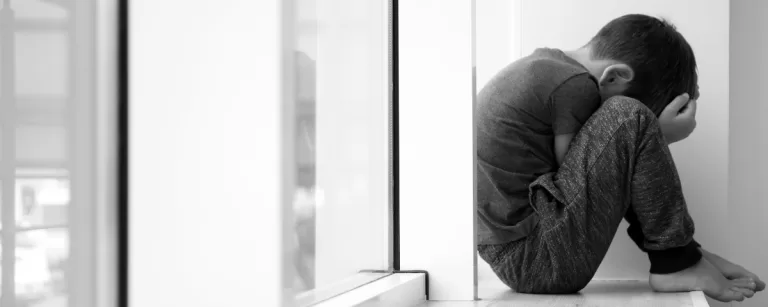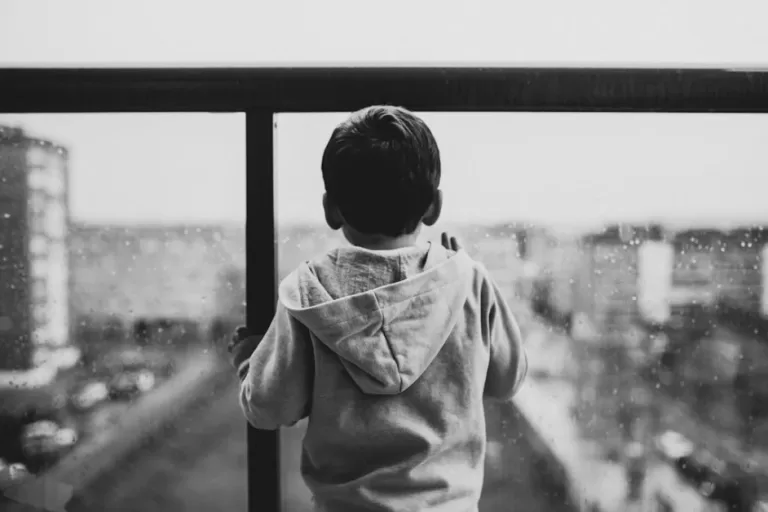8 Warning Signs of Escalating Emotional Abuse
Understanding the warning signs of escalating emotional abuse can be essential to preventative action. These escalation signs can be beneficial for those in domestic situations struggling with indecision or needing to articulate concerns of severe psychological abuse.
The key to preventing abuse is to
“Recognize Manipulative Patterns of Behavior”
We can prevent and reduce child exploitation by training caring adults to recognize behavior patterns in both victims and perpetrators. Our Watchful Eye training was born out of the expressed request by victims for us to teach adults to protect the children around them. Consequently, we can produce better outcomes for children by preventing harm from ever occurring.
The following list some of the most common warning signs that emotional abuse is escalating. This list is from our Watchful Eye Child Safety training.
1. Denying Medical Care
Denying medical care is not to be confused with medical choice. An alternative form of medical treatment is a medical choice. Harming a child by refusing or not seeking medical treatment is considered medical neglect. An example of this would be a child who breaks his arm, and medical treatment isn’t obtained, which causes the child significant pain and improper healing.
2. Not Permitting Sleep
When an abuser does not permit sleep or adequate rest, it can cause their victims to become fragmented and confused. These can include:
- Waking them up for no reason
- Keeping them awake unnecessarily
- Creating disruptive noise without considering their rest
A specific example would be waking a child to ask them where something is when the adult could solve it independently.
3. Throwing Things
Aggressively throwing an item at or near someone can create fear and anxiety. This act of aggression produces a non-verbal threat of physical violence—using fear and intimidation. An example would be an adult who throws a glass at the wall and breaks it near the child, not hitting them but causing them to feel danger.
4. Destroying Possessions
Aggressive and threatening behavior can include intentionally destroying another person’s possessions in anger. Often, the perpetrator will break an item of significant meaning to the victim. A tip from our professional contributors is to pay close attention to whose things they destroy. In a moment of “uncontrollable rage,” the perpetrator will never destroy their property.
5. Harming Animals
Animal cruelty and domestic violence are often closely related. Statistically, abuse, neglect, and animal harm are often precursors to physical harm to human beings. When an adult or older youth kicks or harms an animal in any manner, this is a big warning sign that the psychological abuse is escalating and the physical abuse is increasing in probability. An example of this would be an angry adult, and in their moment of rage, they kick the family dog as they walk out of the house.
6. Being Subjected to Danger
Subjecting others to danger through a choice, activity, or an avoidable risk is an act of aggression or dominance by those with manipulative and exploitative behavior. If a bystander expresses concern or fear of the situation and causes the aggressor to become more dangerous or reckless, this is a massive concern. An example of this would be driving a car at high speeds, and it causes a passenger to be afraid. When the passenger voices fear, the aggressor doesn’t respond but increases their speed or reckless driving.
7. Threats of Any Form
Any overt or covert threats of violence or harm towards a child should not be minimized or dismissed. Threats can also include withholding basic needs like food, medication, medical care, clothes, etc. Professional contributors have expressed significant concerns about threats of kidnapping or separating/dividing a relationship between a parent or child. These threats reveal an exploitative mentality that can lead to extreme harm to a child.
8. Untreated Addiction or Mental Illness
Caution and firm boundaries are necessary when a child is related to or exposed to an individual struggling with an untreated addiction or mental illness. No matter the efforts taken to shield the child from harm, the later stages of untreated addictions or mental health issues often create prime opportunities for a child to be harmed. Often, individuals struggle with various levels of mental health and self-medicate with substance abuse. Together, these factors compound an already complex problem and can quickly create an unsafe environment for a child.
5 Stages of Addiction:
- Experimentation
- Regular Use
- Risky Use
- Dependence
- Addiction
4 Stags of Mental Health:
- Emergence of a Problem
- Early Clinical Symptoms
- Severe Conditions
- Chronic Impairment
How to Prevent Exploitation and Sex Abuse
Through our interactive training, Watchful Eye, we simplify how to prevent and identify child exploitation. No matter your skill level, you can learn to recognize behavior patterns and subtle indicators through this life-saving training.






